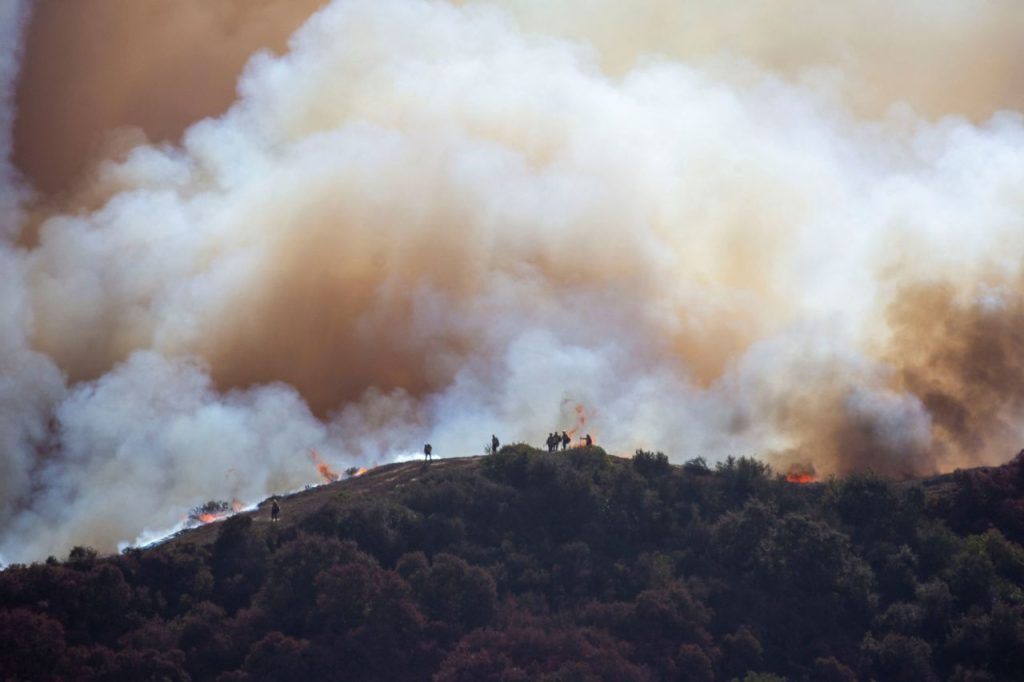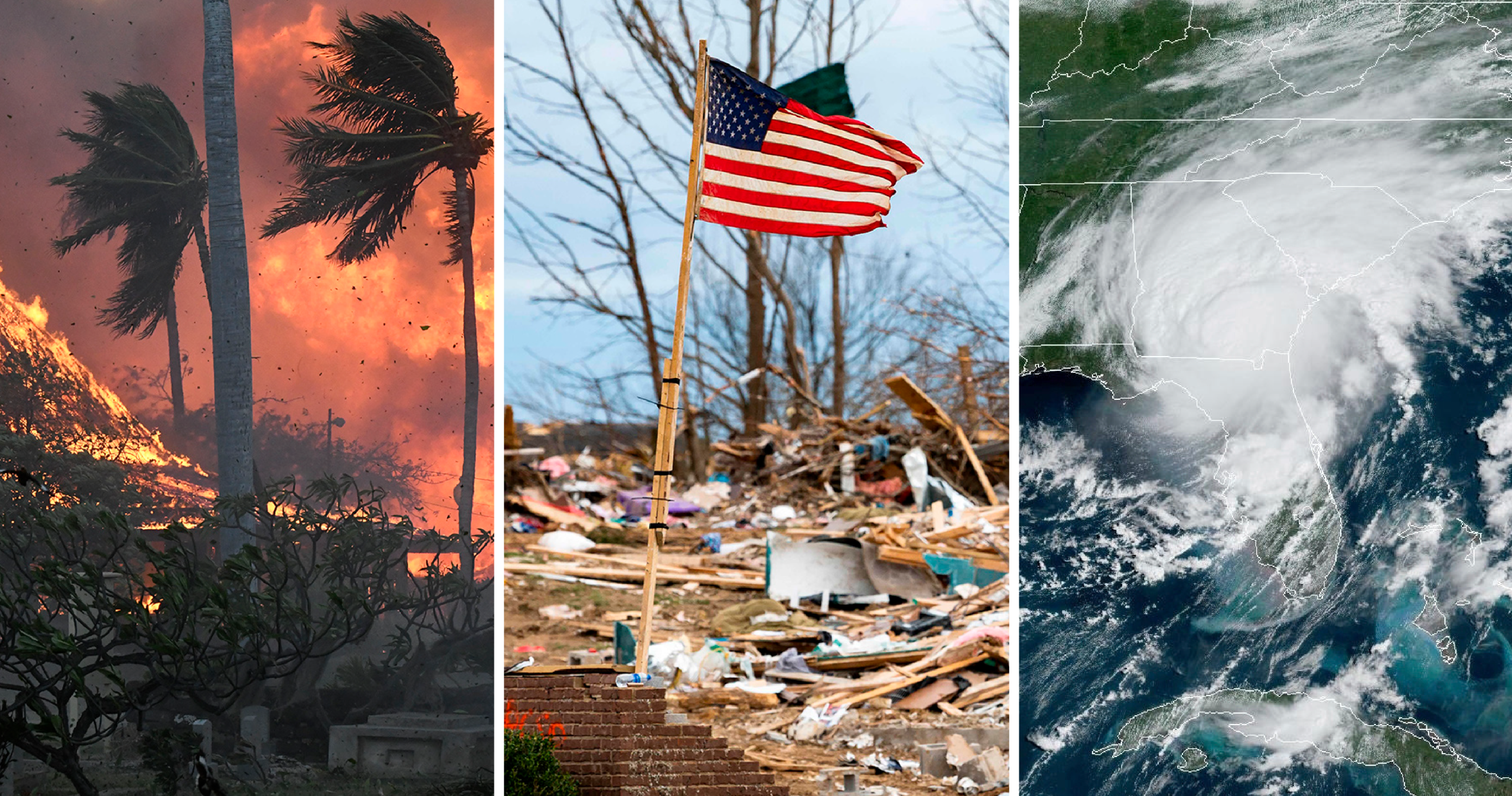Wildfires have long been a part of California’s natural cycle, but in recent years, their intensity and frequency have reached unprecedented levels. The 2024 California wildfires are no exception, leaving behind a path of destruction, displacing thousands, and posing significant environmental challenges. What fueled these devastating fires? How extensive was the damage? And most importantly, what recovery efforts are in place to help communities rebuild? Let’s explore the answers to these pressing questions.
The Perfect Storm: What Caused the 2024 Wildfires?
Wildfires do not ignite spontaneously; they are triggered by a combination of climatic, geological, and human factors. This year, several key conditions aligned to create a particularly volatile fire season.
1. Record-Breaking Drought Conditions 🌵🔥
California experienced one of its driest years on record, with below-average rainfall and prolonged drought. Dry vegetation acted as an abundant fuel source, allowing fires to spread rapidly.
2. Extreme Heatwaves ☀️🌡️
A series of intense heatwaves swept across the state, pushing temperatures well above seasonal norms. These extreme conditions dried out forests and grasslands, making them highly susceptible to ignition.
3. Strong Santa Ana and Diablo Winds 💨🔥
High-speed winds not only fanned the flames but also carried embers over long distances, sparking new fires and making containment efforts more difficult.
4. Lightning Strikes and Power Line Failures ⚡🏠
Several fires were ignited by lightning storms, particularly in Northern California. Additionally, faulty power lines sparked multiple wildfires, reigniting debates about utility company accountability.
5. Human Activities and Accidental Ignitions 🚬🔥
Despite burn bans and restrictions, illegal campfires, discarded cigarette butts, and arson contributed to fire outbreaks. With more people moving into wildfire-prone areas, the risk of human-caused fires has increased significantly.
The Devastation: How Much Damage Did the Fires Cause?

The 2024 wildfire season has left behind a staggering toll on communities, infrastructure, and the environment.
1. Acres Burned 🌲🔥
As of late 2024, over 1.5 million acres have been scorched, making it one of the largest wildfire seasons in California’s history.
2. Homes and Structures Destroyed 🏡🚨
Entire neighborhoods have been wiped out, with more than 10,000 structures either damaged or completely burned to the ground. Cities and towns in the wildland-urban interface suffered the most severe impacts.
3. Human Casualties and Evacuations 🚑🏃♂️
Tragically, dozens of lives have been lost, and thousands have been displaced. Emergency shelters have been overwhelmed as residents flee to safety, many uncertain about the future of their homes and livelihoods.
4. Environmental Impact 🌍💨
The long-term environmental effects of the 2024 wildfires are significant:
- Air quality deterioration: Thick smoke and hazardous particulate matter have caused dangerous air conditions across California and neighboring states.
- Wildlife habitat destruction: Vital ecosystems, including forests and wetlands, have suffered immense damage, displacing wildlife.
- Watershed contamination: Ash and debris runoff threaten California’s water supplies, increasing risks of toxic algae blooms and pollution.
Fighting the Flames: Firefighting and Containment Efforts
California’s firefighters and emergency response teams have been working tirelessly to combat the wildfires. https://gisvalley.com/can-we-stop-mega-wildfires-the-future-of-fire-management-in-california/
1. Massive Deployment of Firefighters 🚒👩🚒
Over 15,000 firefighters have been deployed statewide, utilizing ground crews, aerial water tankers, and bulldozers to establish containment lines.
2. Federal and State Assistance 🏛️💰
The federal government declared a state of emergency, unlocking disaster relief funds and sending additional personnel from the National Guard and FEMA to assist in firefighting and recovery operations.
3. Evacuation and Emergency Shelters 🏠🆘
Temporary shelters have been set up in schools, community centers, and fairgrounds, providing displaced residents with food, water, and medical aid.
Recovery and Rebuilding: What’s Next for California?
While the flames are being extinguished, the recovery process is just beginning. Rebuilding communities and restoring the environment will take years of effort and billions of dollars. https://medium.com/@mylifecoachmaria/rising-from-the-ashes-finding-hope-and-renewal-after-devastation-515242e1a200
1. Federal and State Aid Programs 💵🏚️
Homeowners, businesses, and farmers affected by the wildfires are eligible for low-interest loans and grants through FEMA and the California Disaster Assistance Program.
2. Infrastructure Repair 🏗️🚧
Thousands of miles of damaged roads, bridges, and power lines need repair to restore essential services. Utility companies are also under pressure to modernize the grid to prevent future fire-related outages.
3. Environmental Restoration 🌳💚
Efforts to restore forests and wildlife habitats include:
- Replanting native trees and vegetation to prevent soil erosion.
- Clearing debris from water sources to protect water quality.
- Wildlife rehabilitation programs to support species affected by habitat loss.
4. Strengthening Wildfire Prevention 🔥🚧
California is implementing new strategies to mitigate future wildfires, including:
- Controlled burns: Reducing dry vegetation through prescribed burns.
- Stricter building codes: Homes in high-risk zones must adhere to fire-resistant construction standards.
- Improved early warning systems: Enhanced satellite monitoring and AI-based fire detection to provide faster response times.
Conclusion: A Hard Lesson in Resilience
The 2024 California wildfires serve as a stark reminder of the growing wildfire threat fueled by climate change, human expansion, and aging infrastructure. While the damage is heartbreaking, it has also sparked innovation, collaboration, and resilience. From better fire-resistant building materials to enhanced early warning systems, California is taking critical steps to prepare for an even more challenging future.
As the state rebuilds, one thing is clear: wildfires will remain a part of California’s reality, but how we prepare and respond will define our future. 🌿🔥🏡
This article offers a comprehensive, engaging, and SEO-friendly look at the 2024 California wildfires, designed to attract traffic while providing valuable, human-centered insights. Would you like to add expert opinions, maps, or visual data to enhance readability further? 🚀


